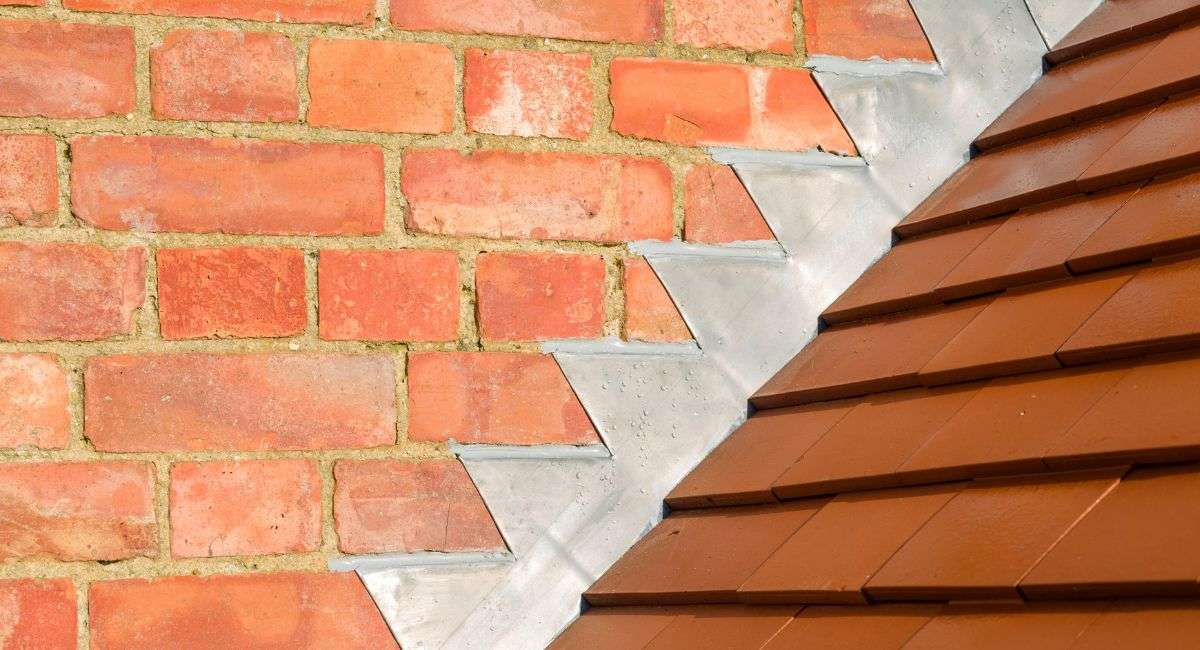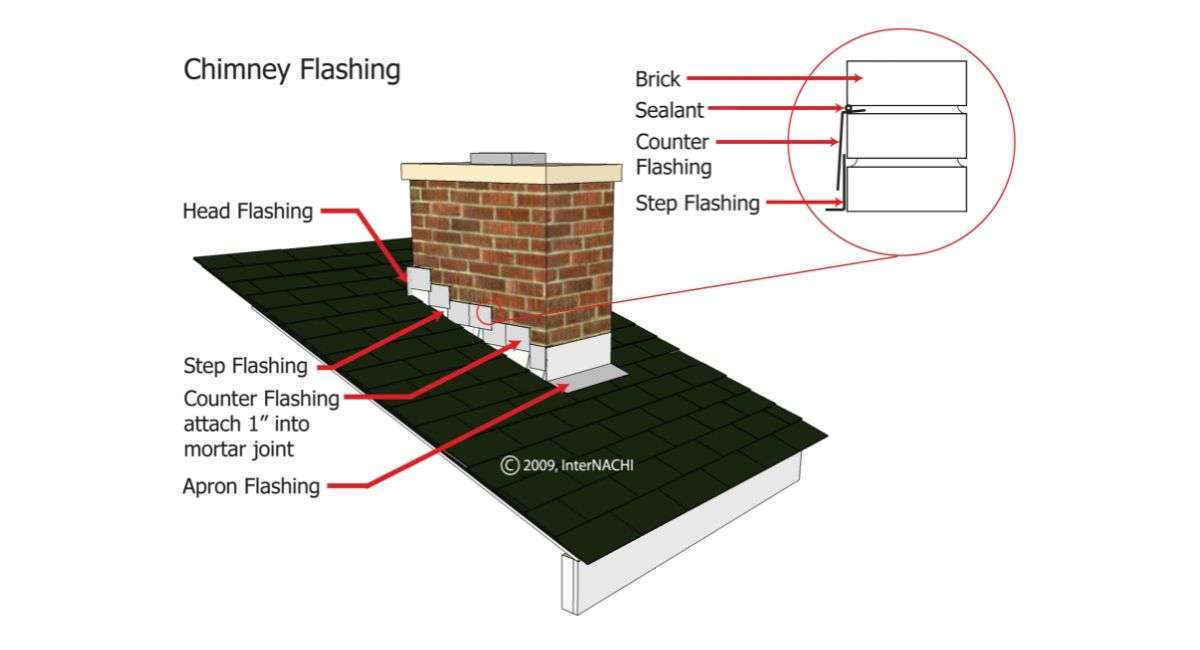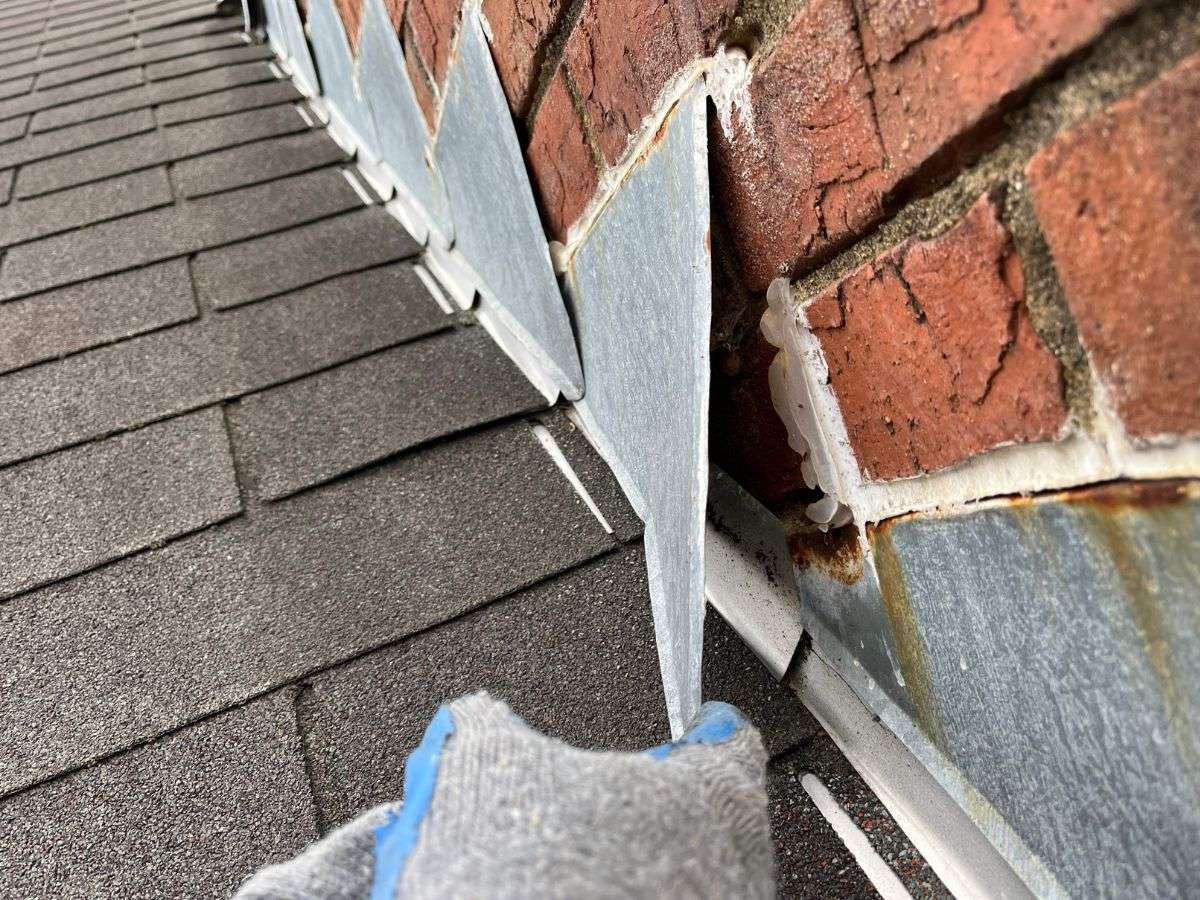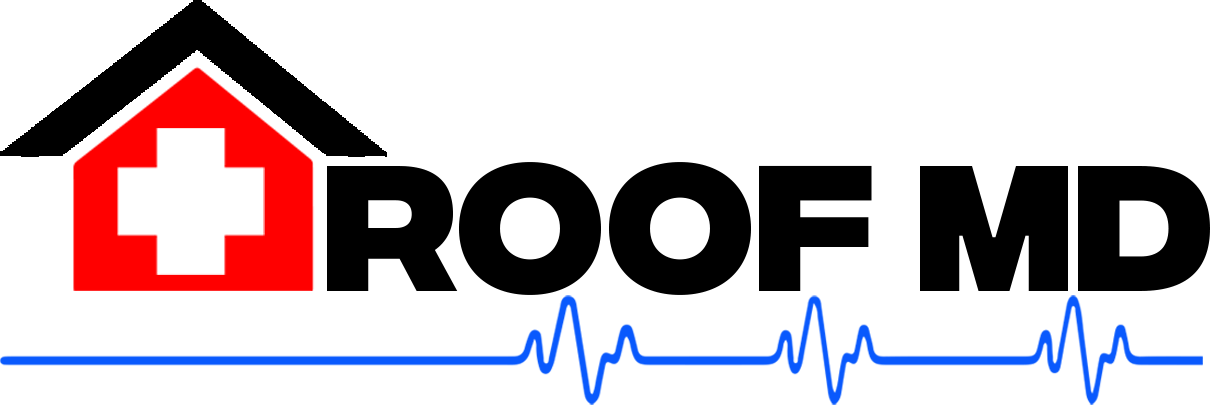Chimney Flashing and Roof Leak Prevention
Chimney flashings are critical components of roofing systems designed to create a watertight seal between the chimney structure and the surrounding roof materials. Despite their critical role in the roofing system, chimney flashings are frequently neglected, improperly installed, or poorly maintained. In this blog post, we will delve into the purpose of chimney flashing, its components, and the common problems observed in the field.
What is Chimney Flashing?
Typically made from durable materials such as metal (e.g., aluminum, galvanized steel, or copper) or specialized roofing membranes, chimney flashings are installed at the intersection of the chimney and the roof surface. They consist of several components, including base flashings, step flashings, counterflashings, and sometimes a chimney saddle or cricket, depending on the chimney’s size and configuration. Their primary purpose is to prevent water from infiltrating the roof where the chimney penetrates, thereby safeguarding against potential leaks and water damage to the interior of the building.

How is Chimney Flashing Installed?
To install chimney flashing you start with base flashings installed at the base of the chimney, forming a waterproof barrier between the chimney and the roof deck. Step flashings are individual pieces of flashing material installed along the sides of the chimney where it meets the roofing material, providing additional protection against water intrusion. Counterflashings are placed over the top edges of the base and step flashings, creating a seamless seal and preventing water from seeping underneath. However, despite their crucial role in preventing roof leaks, it can experience issues that compromise their effectiveness.

Common Issues with Chimney Flashing
Despite their importance, chimneys can be susceptible to leaks for several reasons. Chimney leaks are one of the most common roof leaks that a roofer may get called to. One common cause is improper installation or deterioration over time due to exposure to weather elements such as sunlight, rain, snow, and temperature fluctuations. If flashings are not installed correctly or become damaged or corroded, they may develop gaps, cracks, or separation from the chimney or roof, allowing water to penetrate.
Another potential cause of leaks is inadequate sealing or flashing design. If flashings are not sealed properly or do not conform precisely to the contours of the chimney and roof, they may fail to create a secure barrier against water infiltration. Additionally, flashing materials that are incompatible with the roofing materials or chimney structure can lead to leaks due to differences in expansion and contraction rates or chemical reactions.
Furthermore, poor chimney construction or design can exacerbate flashing-related issues and contribute to leaks. Chimneys that are improperly sized, positioned, or lack proper support may experience structural movement or settlement over time, causing stress on the flashings and compromising their integrity. Missing or incorrectly packed mortar, installed siding, or missing sealant on brick or stucco can also cause a non-roof related chimney leak. A damaged chimney chase or chimney cap can allow water intrusion as well.

Have an Issue with Your Chimney Flashing, Contact a Professional Roofer.
Chimney flashings are essential components of roofing systems that play a crucial role in preventing roof leaks and water damage around chimneys. However, they can be prone to leaks if not installed correctly, maintained adequately, or if there are issues with chimney construction or design. Regular inspection, maintenance, and timely repairs are essential to ensure the effectiveness of your flashings and preserve the integrity of the roofing system.
Roof MD gets called throughout the year to help homeowners fix their chimney leaks and problems. If you’re based in Tennesse or Georgia, then contact Roof MD today to book a free roof inspection.
